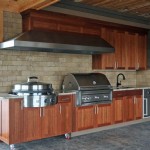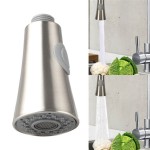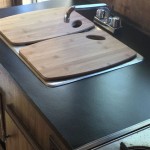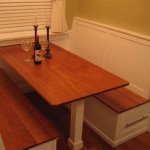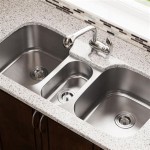Standard Size of Kitchen Cabinets: A Guide for Optimal Design
Kitchen cabinets are a crucial component of any kitchen layout, providing both storage and aesthetic appeal. Understanding the standard sizes of kitchen cabinets is essential for efficient planning and design. This comprehensive guide will provide you with all the necessary information on the standard dimensions of different types of kitchen cabinets. ### Base Cabinets Base cabinets are the foundation of any kitchen, providing ample storage for cookware, appliances, and other necessities. They typically have a height of 34.5 inches, a depth of 24 inches, and come in various widths. Common widths for base cabinets include 12, 15, 18, 21, 24, 30, 36, and 48 inches. ### Wall Cabinets Wall cabinets are mounted above base cabinets and offer additional storage space for frequently used items such as dishes, glasses, and pantry goods. They have a standard height of 30 inches, a depth of 12 inches, and come in varying widths. Common widths for wall cabinets include 12, 15, 18, 21, 24, 30, 36, and 42 inches. ### Tall Cabinets Tall cabinets provide vertical storage solutions for items such as brooms, vacuums, and bulky appliances. They have a height of 84 inches, a depth of 24 inches, and come in a limited range of widths. Standard widths for tall cabinets typically include 18, 24, 30, and 36 inches. ### Corner Cabinets Corner cabinets utilize the often-wasted space in kitchen corners. They are available in two main types: diagonal and L-shaped. Diagonal corner cabinets have a 45-degree angle and typically have a width of 36 inches. L-shaped corner cabinets consist of two cabinets joined at a 90-degree angle, offering more flexibility and storage capacity. ### Other Considerations In addition to standard dimensions, there are several other factors to consider when choosing kitchen cabinets: *Fillers:
Fillers are narrow strips of wood or other material used to fill gaps between cabinets and walls or appliances. *Crown Molding:
Crown molding is a decorative trim added to the top of cabinets for an elegant touch. *Toe Kick:
A toe kick is a recessed area at the bottom of base cabinets that provides space for your toes and makes it easier to stand at the counter. ### Benefits of Standard Sizes Using standard sizes for kitchen cabinets offers several advantages: *Efficiency:
Standardized sizes simplify the design and installation process, saving time and labor costs. *Availability:
Standard cabinets are widely available from manufacturers and retailers, ensuring ease of procurement. *Customization:
While standard sizes provide a framework, there is still flexibility to customize the layout and design of your kitchen with a variety of cabinet styles and finishes. *Cost-Effectiveness:
Standard cabinets are typically more affordable than custom-sized cabinets due to higher production volumes. ### Conclusion Understanding the standard size of kitchen cabinets is crucial for creating a functional and aesthetically pleasing kitchen. By adhering to these dimensions, you can optimize storage capacity, streamline design, and minimize costs. Whether you are planning a new kitchen or remodeling an existing one, consider the standard sizes of kitchen cabinets to ensure a seamless and satisfactory result.
N Standard Kitchen Dimensions Renomart

Image Result For Standard Kitchen Cabinet Dimensions Cm Cabinets Height Measurements
Guide To Kitchen Cabinet Sizes And Dimensions

N Standard Kitchen Dimensions Renomart
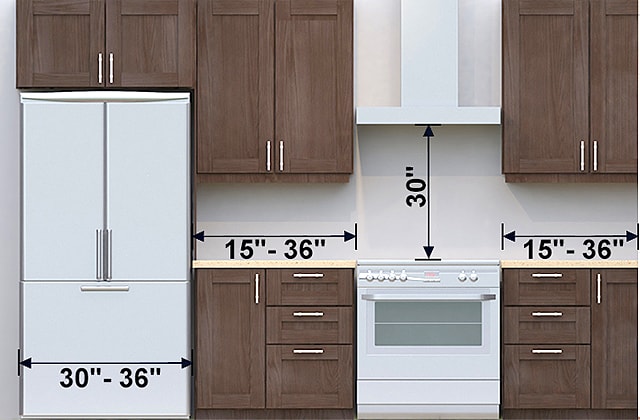
Your Kitchen Renovation Measured For Perfection Rona

Base Cabinet Size Chart Builders Surplus

Kitchen Unit Door Combinations

Kitchen Cabinet Sizes What Are Standard Dimensions Of Cabinets

Pin By Nicole On Measurements Kitchen Cabinets Height Cabinet Sizes

Standard Kitchen Cabinet Dimensions For Your Homee Design Cafe
Related Posts

